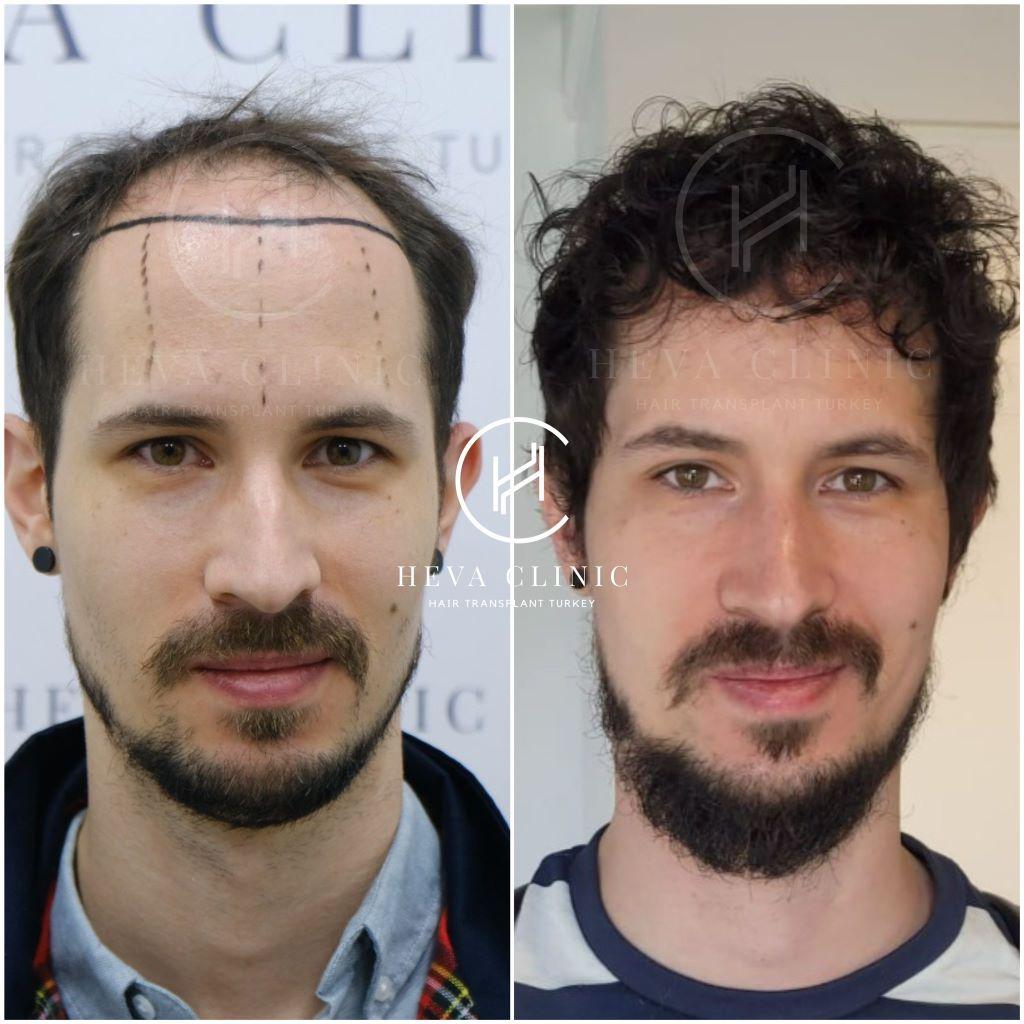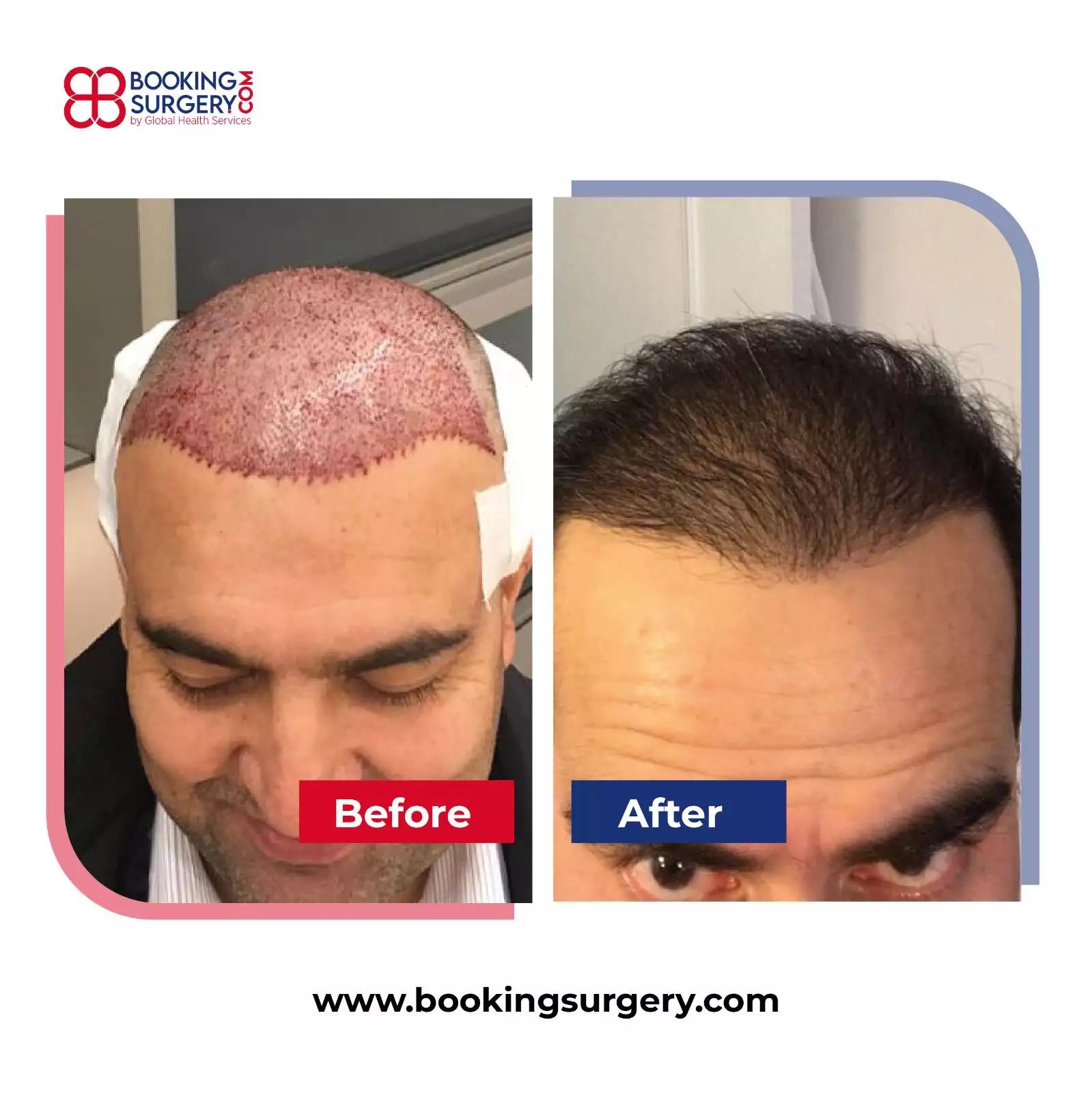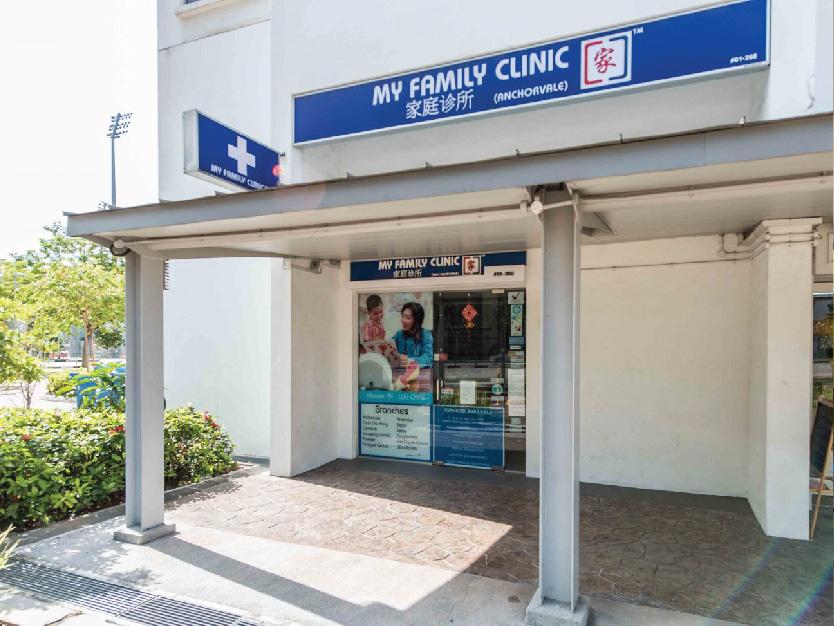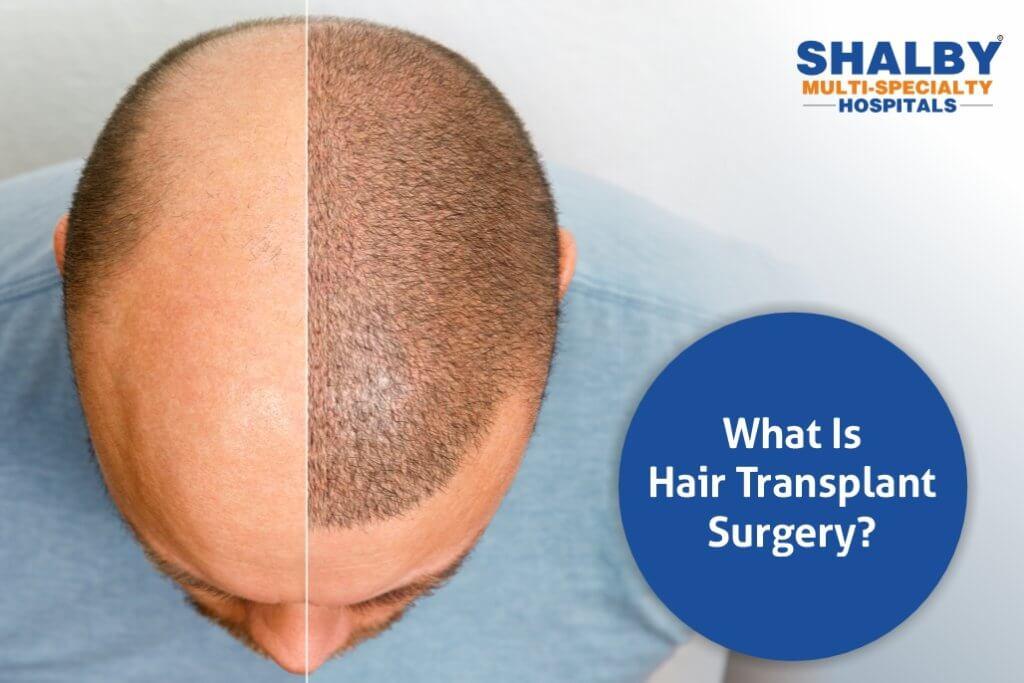In a world where first impressions often hinge on appearance, the quest for a vibrant mane can substantially influence self-esteem and confidence. For manny, thinning hair or bald spots can evoke feelings of insecurity and concern, prompting a search for solutions that yield tangible results. Enter the hair transplant—a procedure that has transformed countless lives, rekindling hope for those struggling with hair loss. In this article, we delve into the compelling journeys of individuals who have undergone hair transplant procedures, showcasing their striking before-and-after transformations. Through their stories, we aim too illustrate not just the physical changes, but the profound emotional uplift that accompanies renewed self-image. Join us as we explore these real results, revealing the power of modern hair restoration techniques and the positive impact they can have on one’s life.
Understanding the Hair Transplant Process and Its Benefits
The hair transplant process is a meticulously crafted procedure aimed at restoring hair to thinning or balding areas. Typically, this procedure involves two primary techniques: Follicular Unit Transplantation (FUT) and Follicular Unit Extraction (FUE). In FUT, a strip of scalp is removed, and individual hair follicles are then harvested and transplanted into areas where hair is sparse.FUE, conversely, consists of extracting individual follicular units directly from the scalp, resulting in minimal scarring and quicker recovery times. Nonetheless of the technique chosen, the goal remains the same: to achieve natural-looking results that rejuvenate one’s appearance.
One of the most significant advantages of hair transplants is the permanence of the results. Unlike topical treatments or medications that often require ongoing use, hair transplanted through these procedures is usually resistant to future hair loss, as it is taken from areas that are genetically resistant to baldness. Other benefits include a relatively short recovery period, minimal discomfort, and natural-looking outcomes. Patients frequently report not only an advancement in their hair but also a boost in confidence and self-esteem following the conversion.
To visualize the impact of hair transplant procedures, it’s essential to consider the typical timeline for hair growth post-surgery.below is a straightforward representation of the stages one can expect:
| Timeline | Expected Changes |
|---|---|
| 0-2 Weeks | Initial healing,slight redness,and swelling in the donor area. |
| 2-4 Weeks | Hair starts to shed; this is a normal part of the process. |
| 3-6 Months | New hair begins to grow; may vary in thickness and texture. |
| 6-12 Months | Full results become more evident; hair appears denser and more natural. |
Ultimately, understanding the hair transplant process not only demystifies the journey but also highlights the transformative outcomes that accompany this investment in personal appearance.By opting for this solution, individuals can reclaim a fuller head of hair and, with it, a renewed sense of self-confidence.

Visual Journeys: Inspirational Before and After Transformations
The journey of transformation through hair restoration is nothing short of remarkable. Individuals who once faced the challenge of thinning hair often find a renewed sense of confidence and self-expression after their procedure. before a hair transplant, many experience feelings of insecurity, resorting to hats or hairstyles that mask their hair loss. But the results that follow can be amazing, revealing a fuller, more vibrant head of hair that revitalizes their appearance and self-esteem.
Each transformation tells its own unique story, showcasing the power of medical innovation. After the procedure, patients often report not just a change in their hairline, but also an evolution in their outlook on life. Activities that may have felt daunting or embarrassing, such as going out in public or taking photos, become sources of joy. The emergence of a new hairline acts as a catalyst, sparking bold choices in fashion and lifestyle that previously seemed out of reach.
| Before Transformation | After transformation |
|---|---|
| Thinning hair Limited styling options Low self-esteem |
Fuller hair Increased styling possibilities Boosted confidence |
| Hats and scarves Social withdrawal Fewer photo opportunities |
Open hairstyles Active social life Photogenic moments |
Many candidates for hair transplants share similar experiences, highlighting the universality of the issue.However, the after effects can be dramatically different, creating a ripple effect that impacts both personal and professional aspects of their lives. Testimonials often reveal that the decision to undergo a hair transplant is not just about aesthetics; it’s an empowering step towards reclaiming individuality and embracing life with renewed vigor.

Choosing the Right Clinic: Key Factors for Optimal Results
When considering a hair transplant, selecting the right clinic is crucial for achieving the desired results. Begin by evaluating the clinic’s credentials and experience. Look for facilities with certified professionals who specialize in hair restoration techniques. A clinic with a proven track record is more likely to provide satisfying outcomes. You can also assess their staff qualifications to ensure you are in competent hands during every step of the process.
Next, take a closer look at the clinic’s technology and techniques. Hair transplant methods, such as Follicular Unit Extraction (FUE) and Follicular Unit Transplantation (FUT), vary in effectiveness and comfort. Research how up-to-date the clinic’s equipment is and whether they incorporate the latest advancements in hair restoration. Its also beneficial to explore any innovative techniques they offer, as these can significantly impact your results.
consider the patient testimonials and before & after images. Authentic feedback from previous clients can provide insight into the clinic’s performance and success rates. Look for galleries showcasing transformations and ensure they provide a range of examples that match your hair type and treatment needs. A good clinic shoudl be transparent and willing to share this information to help you make an informed decision.

Post-Procedure care: Maximizing Your Hair Restoration success
After your hair restoration procedure, the path to achieving the best results lies in attentive post-procedure care. It begins immediately following your surgery when your newly transplanted hair follicles enter a crucial healing phase.To ensure the longevity and health of your hair, it’s imperative to follow your surgeon’s guidelines diligently. Here are some key actions to consider:
- Avoid Touching the Scalp: For the initial week, refrain from touching, scratching, or rubbing the transplanted area to prevent dislodging the newly implanted grafts.
- Keep the Area Clean: maintain cleanliness to reduce the risk of infection. Use only the prescribed cleansing products to wash your scalp.
- Stay Hydrated: Drinking plenty of water aids in healing and can promote overall scalp health.
The importance of protecting your scalp cannot be overstated. Exposure to sunlight, sweat, and pollution can hinder the restoration process. Consider some additional strategies to shield your scalp:
- Wear a Hat: A loose-fitting hat can provide shade and protection from the sun.
- Avoid Strenuous Activities: For at least two weeks post-surgery, avoid heavy lifting or intense workouts that might cause sweating.
- Use Gentle Products: Opt for mild shampoos and conditioners free of harsh chemicals to avoid irritation during the healing phase.
Monitoring your progress after a hair transplant is essential, as it helps you recognize any potential issues early. Keeping track of your healing process can also provide motivation as you witness your transformation unfold. Consider maintaining a simple table or journal of your recovery:
| Date | Key Observations | Follow-Up Actions |
|---|---|---|
| Day 1 | Minimal swelling, slight discomfort | Followed medication regimen |
| Week 1 | Scabs forming, no signs of infection | Started gentle cleansing |
| Week 2 | Slight itching, redness fading | Increased hydration, continued gentle care |
Closing Remarks
As we conclude our exploration of “Real Results: Before & After Hair Transplant Transformations,” it’s clear that the journey from loss to restoration goes beyond mere aesthetics. Each story tells of renewed confidence, revitalized self-image, and the profound impact that healthy hair can have on one’s overall sense of self.While the transformations showcased here highlight the power of modern medical techniques, they also remind us that the path to self-acceptance is deeply personal and varied. Whether considering a hair transplant or simply seeking a way to embrace one’s natural beauty, these transformations inspire us to celebrate the diverse narratives that accompany the pursuit of feeling whole.
As you reflect on these remarkable changes, remember that transformation is not just about the physical—it’s about reclaiming your story. Whatever your journey may entail, may you find the courage to embrace every chapter, and the confidence to forge ahead with a renewed sense of self.
